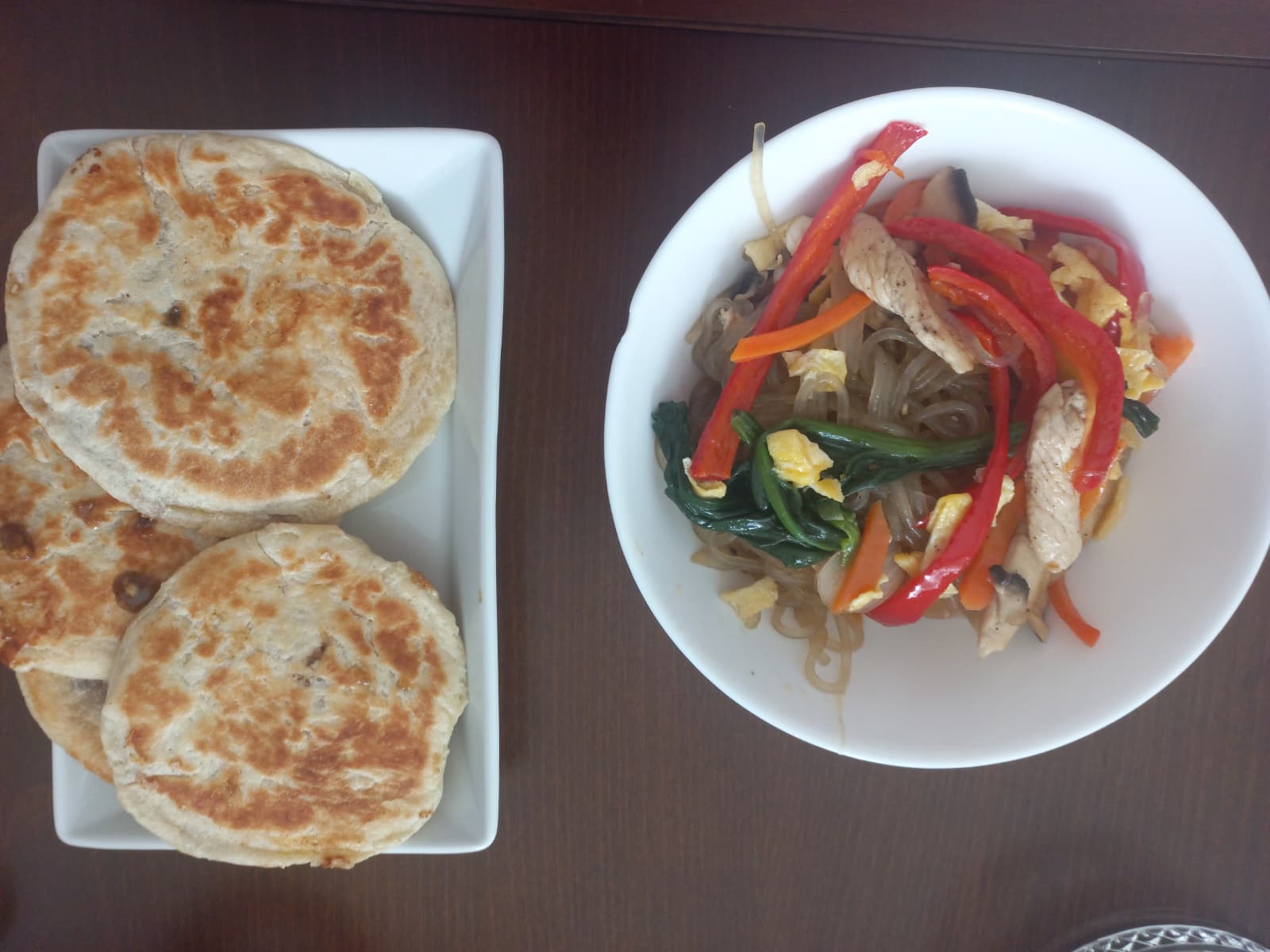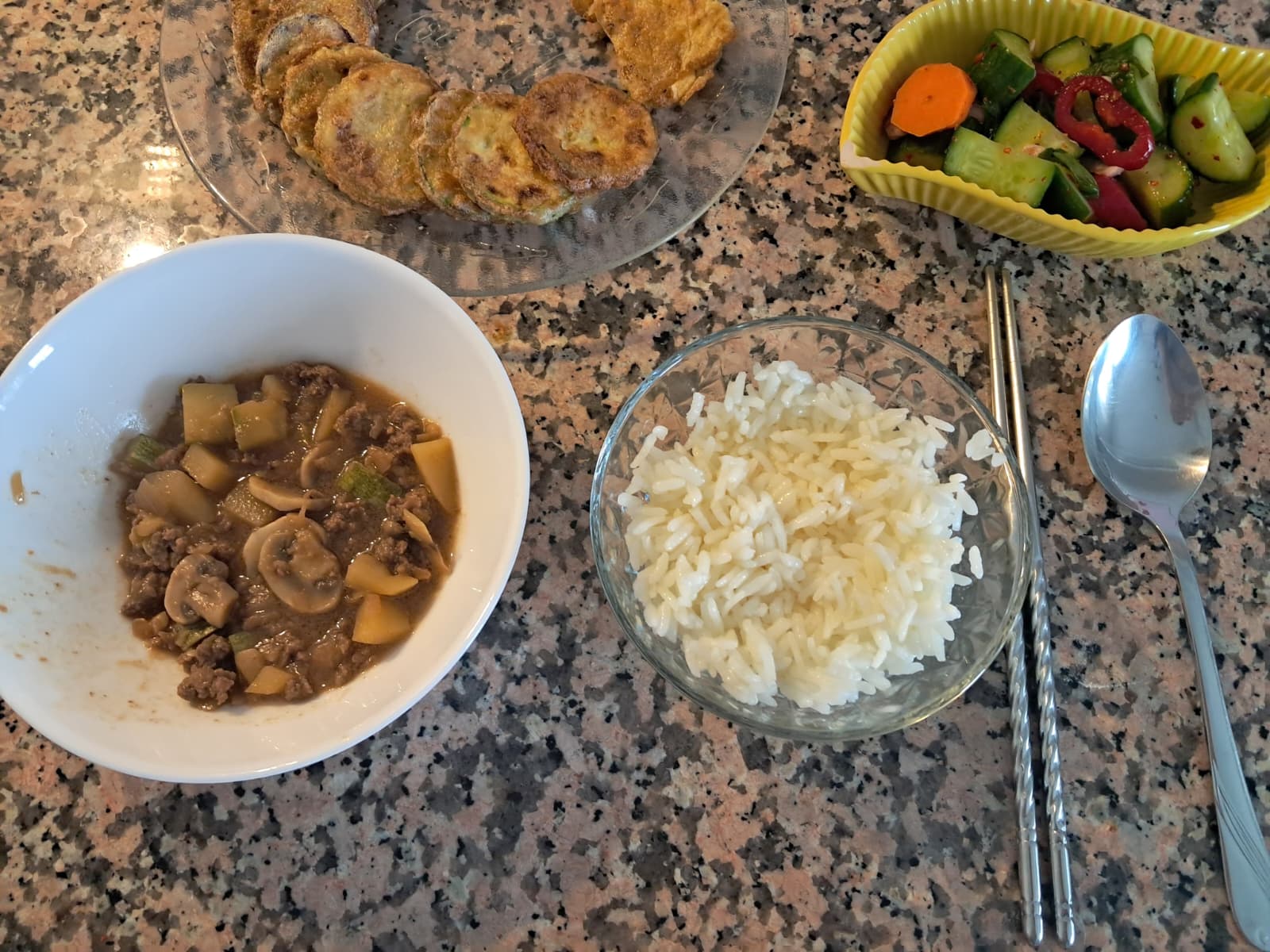Cooking is not only a practical skill but also a way to experience culture, tradition, and community. The online Hansik (traditional Korean cuisine) cooking program organized by the Korean Cultural Center offered an opportunity to explore Korean food culture while connecting participants from different cities in Türkiye. The program was designed for both offline attendees and those joining remotely, allowing wider access to Hansik education.
Since some ingredients commonly used in Korean cuisine are difficult or expensive to find in Türkiye, the Korean Cultural Center provided participants with items such as gochujang, doenjang, and dangmyeon by mail. Despite being held online, the classes maintained an interactive atmosphere. Every week, participants gathered on Zoom while the instructor guided the cooking process step by step with clear explanations and cultural context.
The first dish was Jajangmyeon, black bean noodles that have become a staple of modern Korean comfort food. While cooking Jajangmyeon, our instructor shared that Koreans especially eat Jajangmyeon when they move to a new house. The online chat was full of Jajangmyeon as everyone shared photos of their glossy black sauces and hand-tossed noodles. Participants cooked together while exchanging photos and results in the chat, creating a shared experience even in a virtual space.
The next challenge was Hotteok, sweet Korean pancakes filled with brown sugar and nuts. Watching the instructor flatten the dough while explaining the importance of texture showed how much precision is required even for the simplest Korean snacks. The contrast between its crispy exterior and soft interior reflects the balance often found in Hansik.

The program continued with Japchae, stir-fried glass noodles with vegetables, and Hobak Jeon, zucchini pancakes lightly. Both dishes highlighted the visual harmony and nutritional balance central to Hansik. Japchae’s colorful presentation symbolizes celebration and good fortune, while Hobak Jeon showcases the simplicity and elegance found in everyday Korean meals.

Kimchi preparation was also included in the course. Participants made both cabbage kimchi and Oi Kimchi, a refreshing cucumber version perfect for beginners. Mixing the chili powder, garlic, and ginger with my own hands was not only fun but also deeply satisfying.
Through this program, participants were introduced to the fundamentals of Hansik, from fermentation principles to ingredient harmony. Beyond learning recipes, the course demonstrated how Korean food reflects values such as balance, sharing, and cultural continuity, even within an online learning environment.
How about this article?
- Like1
- Support0
- Amazing0
- Sad0
- Curious0
- Insightful0


